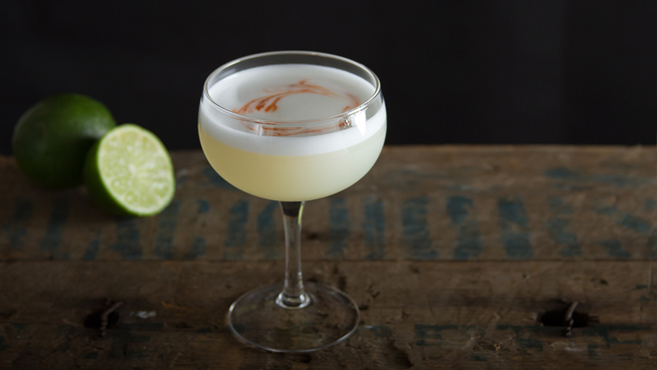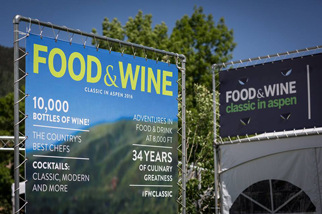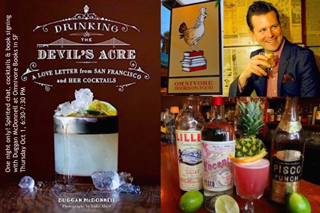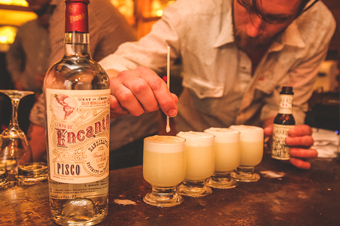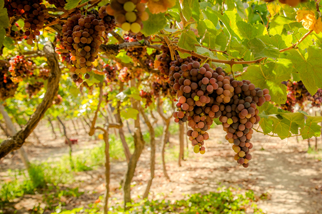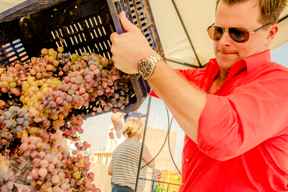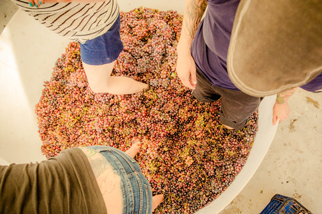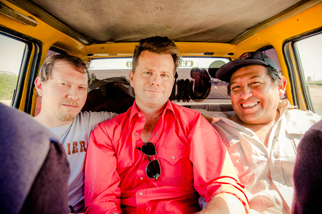Rethinking Drinking: How A City Imbibes Can Inform Its Culinary Culture
A week and a half ago, I was sitting in on a FOOD & WINE Classic seminar by acclaimed Bay Area mixologist/beverage consultant Duggan McDonnell, called “Bright, Boozy and Bitter.” I was mid-sip in my “Mixed Blessing” cocktail when he said something that hit me like the proverbial thunderbolt.
“San Francisco’s palate was informed by spirits first and food, second. The city was famous for its cocktails before its cuisine.” McDonnell knows of what he speaks, as co-owner of the city’s popular watering hole Cantina, co-founder of Campo de Encanto pisco and author of Drinking the Devil’s Acre: A Love Letter from San Francisco and Her Cocktails.
As a former longtime Bay Area resident, I’m pretty dialed in the region’s culinary and liquid history yet until McDonnell’s seminar, it had never occurred to me the latter had influenced the former. That concept is the underlying theme of McDonnell’s new book, as well as the inspiration for Cantina (the bar’s website states it’s “an homage to history and the way Latin culture has colored life here in San Francisco…”. Cantina also works with local farmers who grow Palestinian lime, kumquats, grapefruit and other citrus for its cocktail program).
I’ve always been fascinated by the anthropological and sociological aspects of food, but I hadn’t previously devoted much thought to how those fields of study applied to alcoholic beverages. McDonnell’s seminar—equal parts entertaining and informative—focused on pisco—a spirit that’s had a significant impact on the development of San Francisco’s culinary and drinking culture, as you’ll read in a moment.
I have a fondness for pisco because I’ve spent a significant amount of time traveling throughout South America. The potent, distilled grape brandy or aguardiente is the national drink of Peru and Chile. Both countries claim to produce the best pisco, and their production methods differ in terms of raw ingredients, distillation, aging process and use of additives. Note that for anyone who’s suffered the indignities of throat-singing firewater disguised as pisco, the good stuff is smooth, syrupy, clean, and complex, with notes that may variously reflect citrus, stonefruit, peppercorns, herbs, chocolate, almonds or flowers. It’s excellent neat, or as a cocktail base in place of other white spirits.
With all due respect to Chile, which produces more pisco, the Peruvian version is the real deal, as well as a national “denomination of origin” product. Peru also claims ownership of the beverage based on historical documentation of its origins (which date back to the 17th century, after grapevines were brought to Peru by Spanish colonists for the production of wine. As such, Peru has stricter regulations on production methods, and doesn’t permit additives.
True pisco must be made exclusively from grapes, usually the quebranta (muscatel) variety, and produced in the Departments (regions) of Lima, Ica, Arequipa, Moquegua, and specific valleys in the Department of Tacna. It must be aged, for a minimum of three months, in “vessels of glass, stainless steel, or other material that does not alter it’s physical, chemical, or organic properties,” according to the Peruvian Embassy website. Traditionally pisco is distilled in copper, then aged in clay pitchers (also known as piskos, or piscos). The lack of wood barrel aging and additives result in a pure product that McDonnell describes as tasting, “as close to the terroir as possible.”
During the Gold Rush, Peruvian and Chilean sailors introduced pisco to San Francisco, where its high-octane effects made it so popular it rivaled wine as an export. San Franciscans were so enamored, infamous saloons and cocktails were dedicated to the spirit, like The House of Pisco, and the Pisco Punch (pisco, lemon and pineapple juice, created by the Bank Exchange & Billiard Saloon). Post-Prohibition, pisco all but vanished from the North American radar, replaced by more affordable rum. It was only a decade ago that pisco began to pop up again domestically, when it gained a cult following on the heels of the mania for Peruvian cuisine.
During McDonnell’s seminar, he encouraged us to think about other cities famed for their cocktail culture—New Orleans, Charleston and New York were mentioned—and opened a discussion as to how spirits helped develop their respective regional palates. In a port city like San Francisco, historical commodity crops like coffee beans and citrus (used by miners to combat scurvy) resulted in palates accustomed to bitter flavors—which in turn inspired a regional cuisine that famously made its mark with tart, assertive ingredients like chevre, arugula, chocolate, espresso and all manner of citrus.
Booze for thought.
Want to know more about pisco? Check out the cocktail offerings at Justice Snow’s and Jimmy’s American Bar in Aspen, or go big and hit the Ruta del Pisco in Peru.


